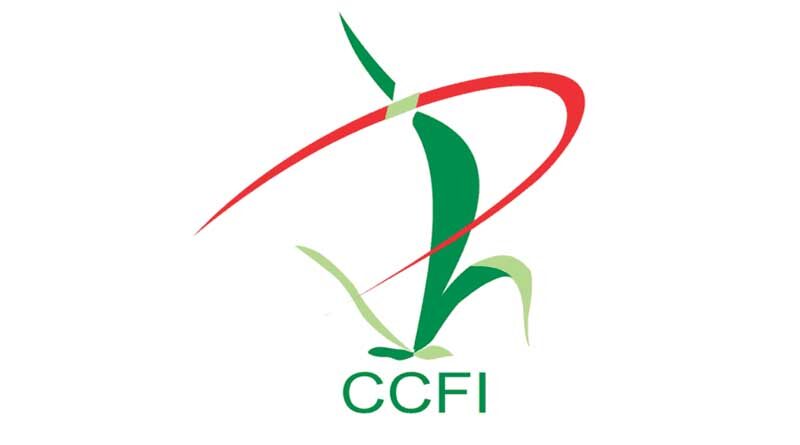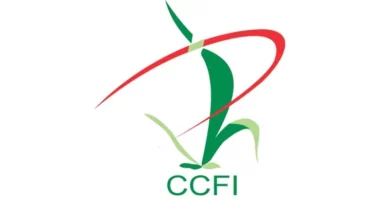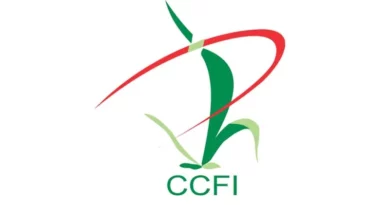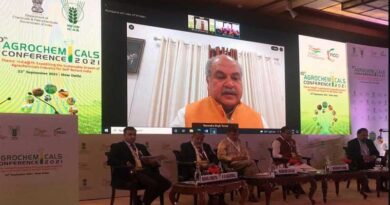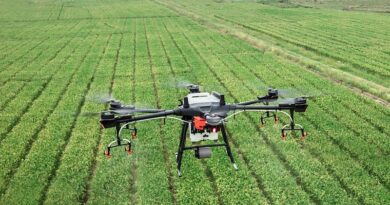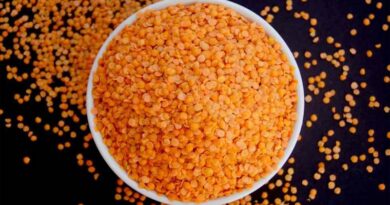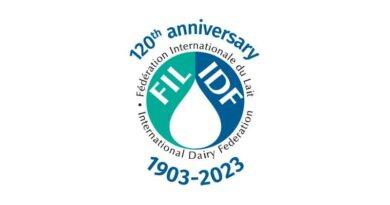Inclusion of Agrochemicals under Production Linked Incentive (PLI) scheme will attract investments in the sector: CCFI
22 September 2021, New Delhi: CCFI on behalf of its member organisations submitted a dossier to the Honourable Minister Mr. Bhagwanth Khuba, Minister of State for Chemicals and Fertilizers mentioning consideration of Agrochemical sector under Production Linked Incentive (PIL) Scheme.
In communication with the Minister, Mr. Harish Mehta, Senior Advisor, Crop Care Federation of India (CCGI) mentioned “Agrochemicals being part of Ministry of Chemicals & Fertilizers cannot be equated with portfolios of Fertilizers and Petrochemicals but Agrochemical is a niche upcoming sector and cannot be ignored. This is the only sector where exports (value INR Rs. 30.000 Cr) are higher than domestic consumption and therefore it should be given right impetus, independent of petrochemicals”
The dossier mentions that “Agrochemicals are extremely vital for food security and also for helping farmers double their income. The Agrochemical industry is now categorised as a ‘Champion Sector’ and should be considered for inclusion under Production Linked Incentive (PLI) scheme for indigenous manufacturers.”
India has the capacity and capability for successfully manufacturing many complex chemistries and has produced large volumes of Technical grade products over last many years.
India ranks 2nd in the World agricultural production and is also the 4th largest manufacture of agrochemicals after USA, China and Japan. Food and nutrition which are the need of the growing population require a sustainable approach that puts thrust to increase production against the background of lower yields and decreasing farm sizes.
With the emergence of the newer pests, India remains one of the lowest in terms of per capita consumption of pesticides at 400 gm/ha. with potential for significant growth. The cost of agrochemicals to the farmers is about 4% of the total value of the produce, whereas, it reduces crop losses to the tune of 25% to 30% during crop cycle and storage.
Since there has been a surge in imports, CCFI members have suggested minimum 30% customs duty be imposed on the Formulation imports, on products currently manufactured in India which are out for patent period. For products which are currently not manufactured in India this duty may be made applicable as soon as any company starts manufacturing in India.
The suggestion also includes minimum 30% customs duty to be imposed on the imports of Technical Grades agrochemical products which are already being manufactured in India. It also suggests minimum 20% customs duty to be imposed on import of other out of Patent Technical Grade agrochemical products in order to encourage Indian manufacturers to launch new molecules.
Expressing apprehension, Mr Harish Mehta said “Imports of such products from China makes existing capacities of Indian industry inoperable which is estimated at 35% for liquids, granules & WP. Storage chemicals are another important category requiring support. It must be ensured that imports be allowed only for captive consumption by the importer and not for trading or merchant sale”
Support is also requested for providing Investment allowance, lower interest cost and moratorium of two years for the companies who are investing more than Rs. 25 cr. for manufacturing in the agrochemical sector which would be import substitutes of Technical/ Formulation grade as well as Intermediates.
With the approval of Profit Linked Incentive (PLI) scheme, fresh investments of about 10,000 Cr. is expected by Indian companies in the next 5 years. This would lead to fulfilling PM’s vision of building an Atmanirbhar Bharat.
CCFI also suggested PLI eligibility in the sector should be based on Agrochemical manufacturing companies registered in India. It should be given to those corporates who are manufacturing in India and not on imported formulations, which entail no value addition, employment or increase Indigenous production.”
The use of crop protection chemicals can increase crop productivity by mitigating crop losses due to pest and diseases. Insecticides are the largest sub-segment of agrochemicals with 55% market share, fungicide constitutes 24% where as herbicides constitute 21% and is also the fastest growing segment. The key reason for the growth in herbicide segment is the unavailability of skilled labour on all crops of economic importance like cotton, paddy, soyabean, sugarcane, wheat, horticulture crops (Fruits & Vegetables) and plantations.

